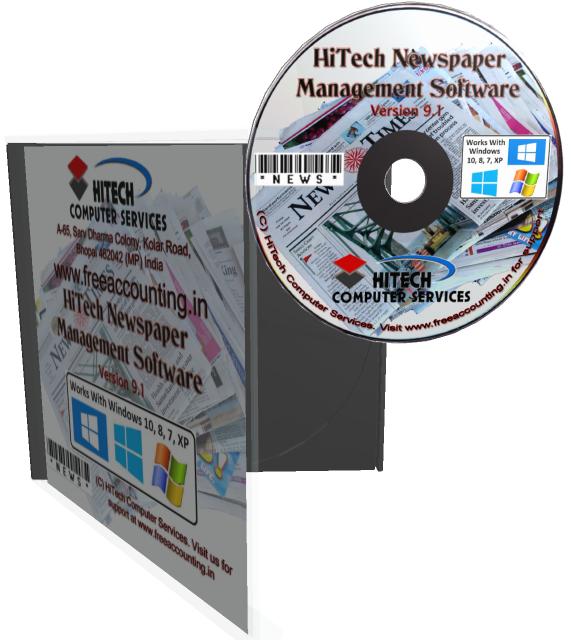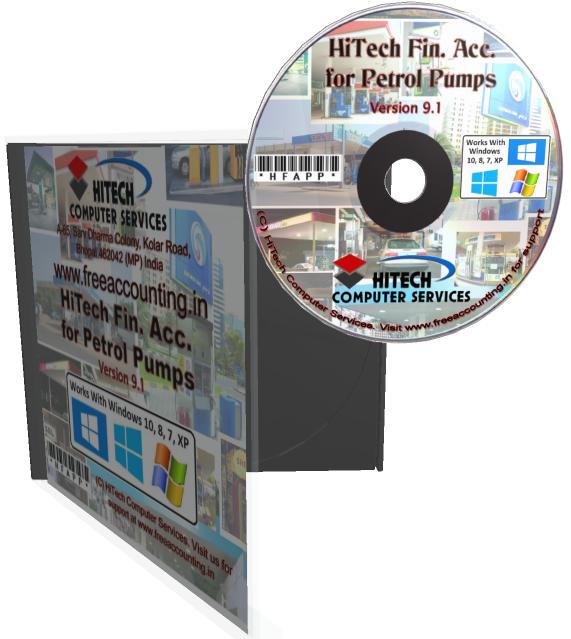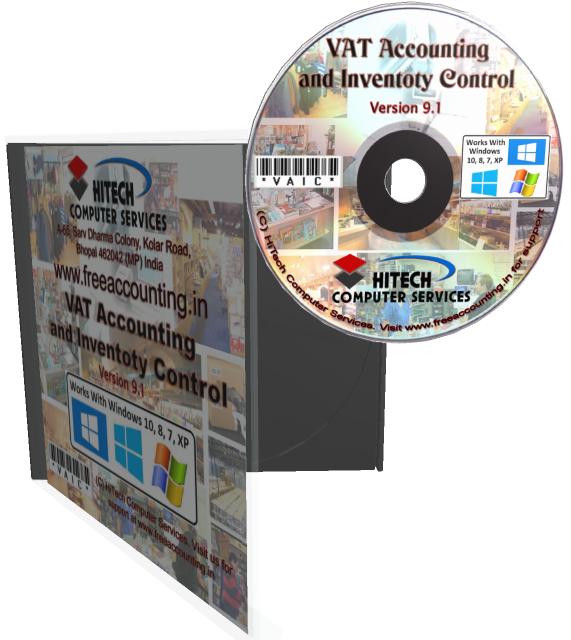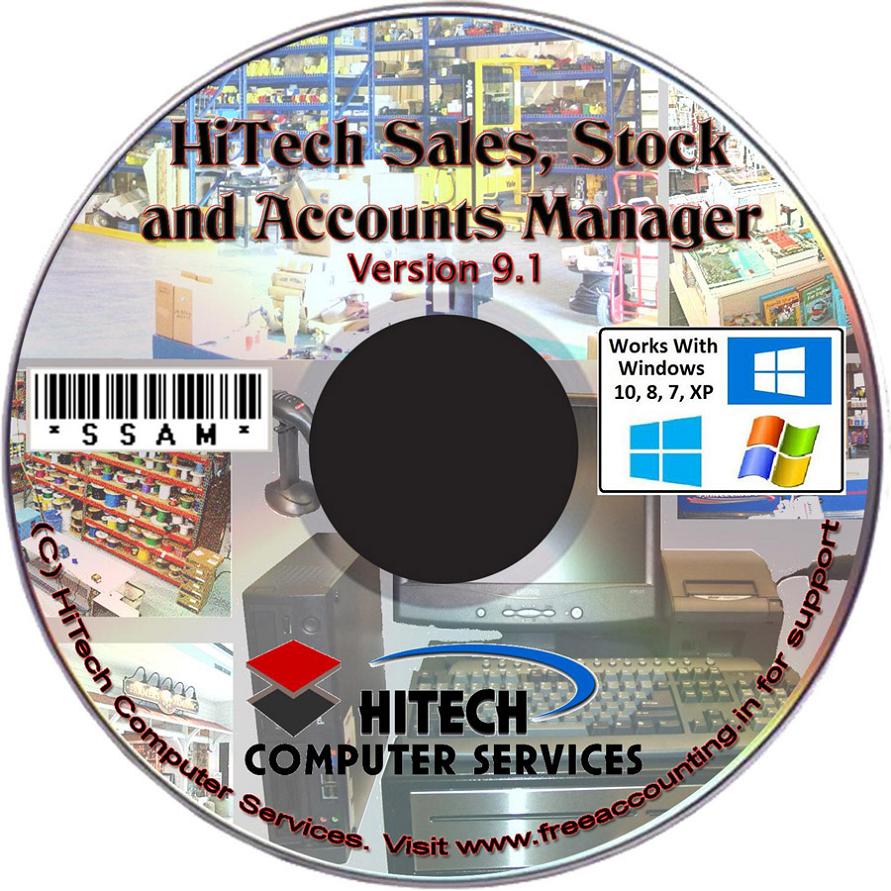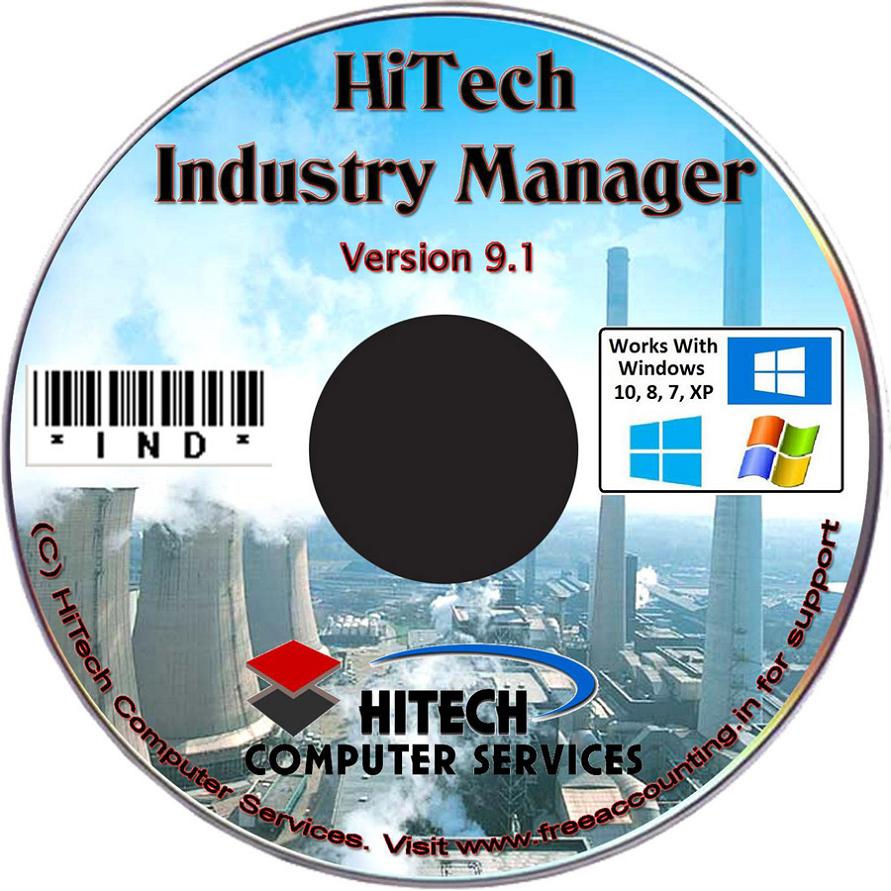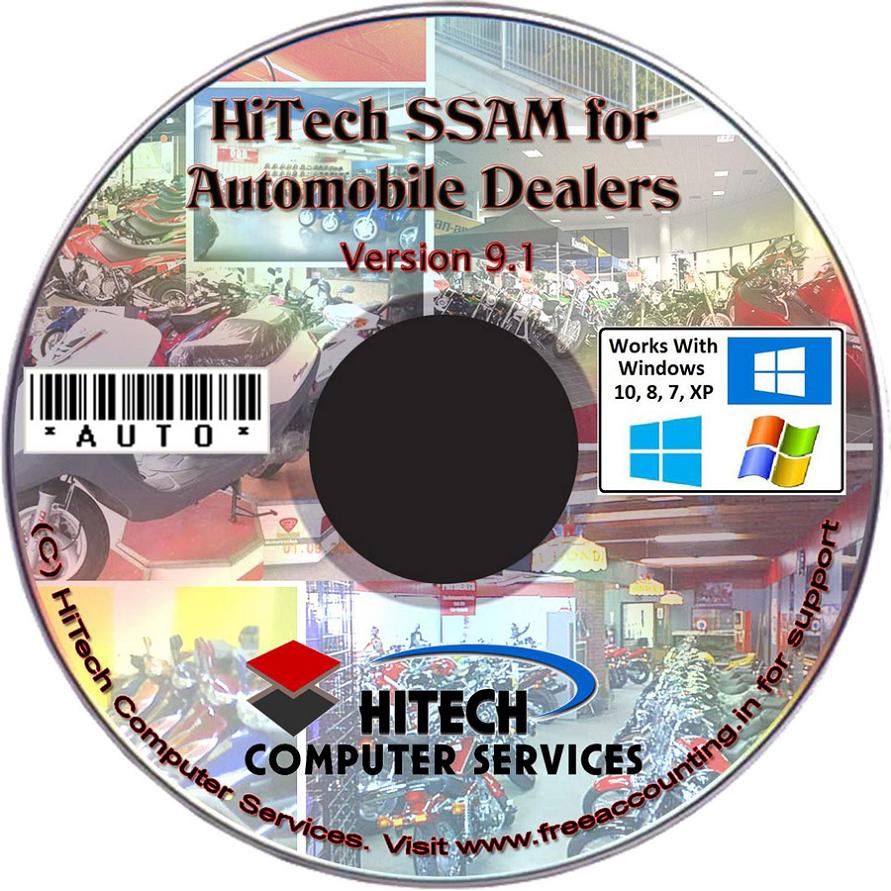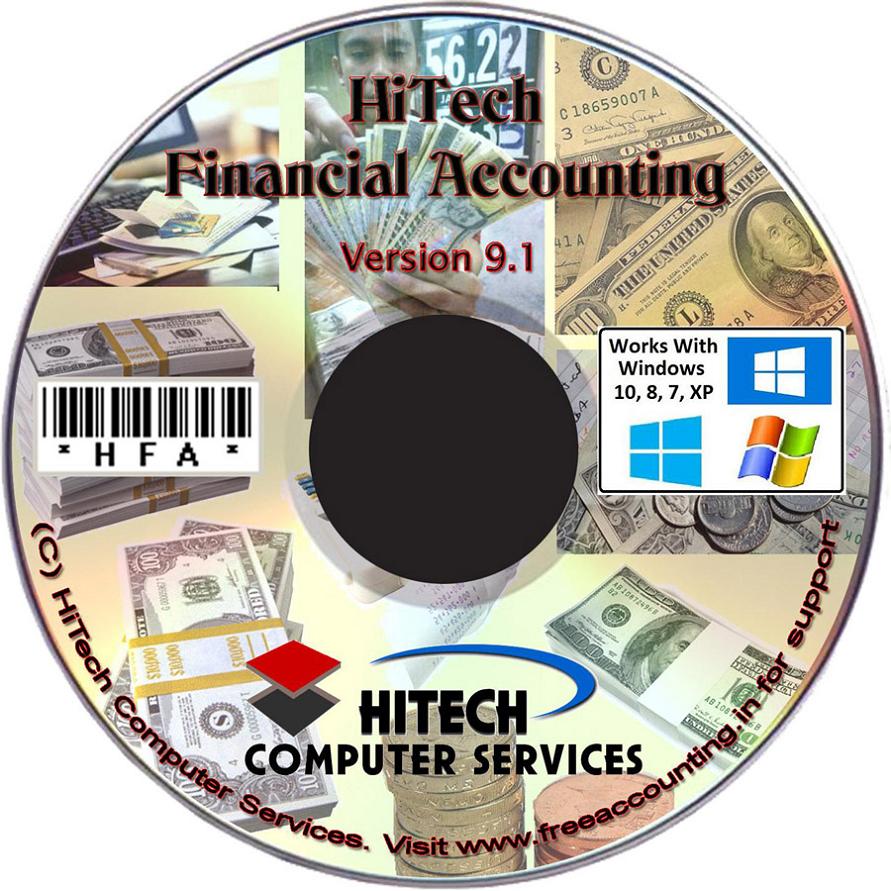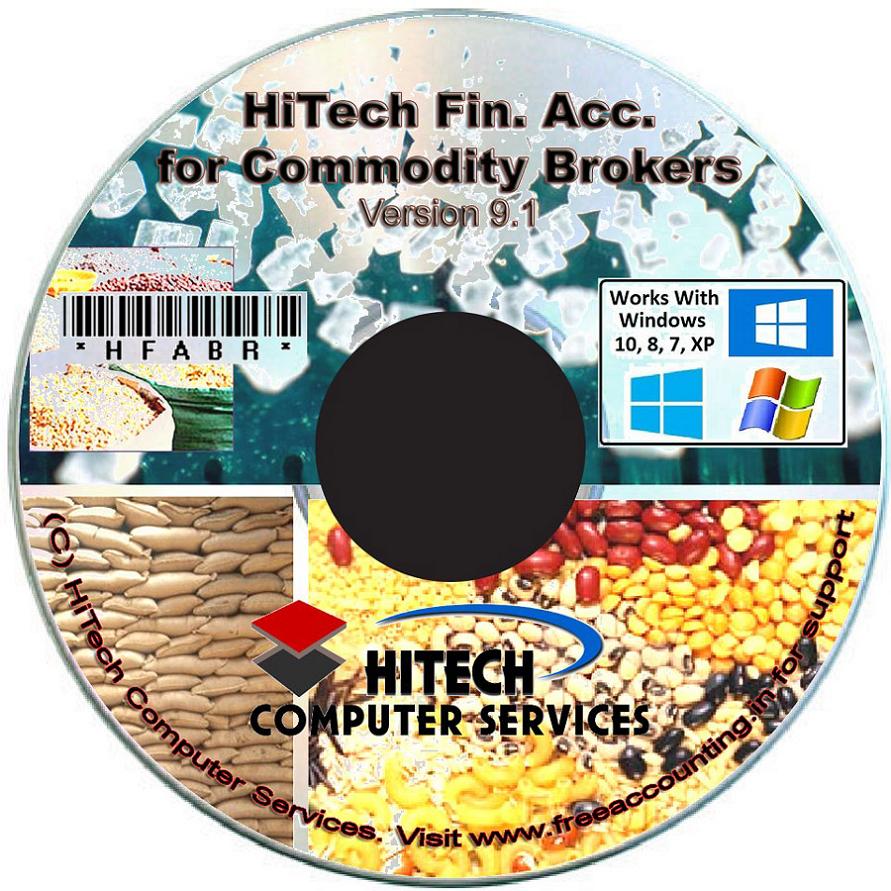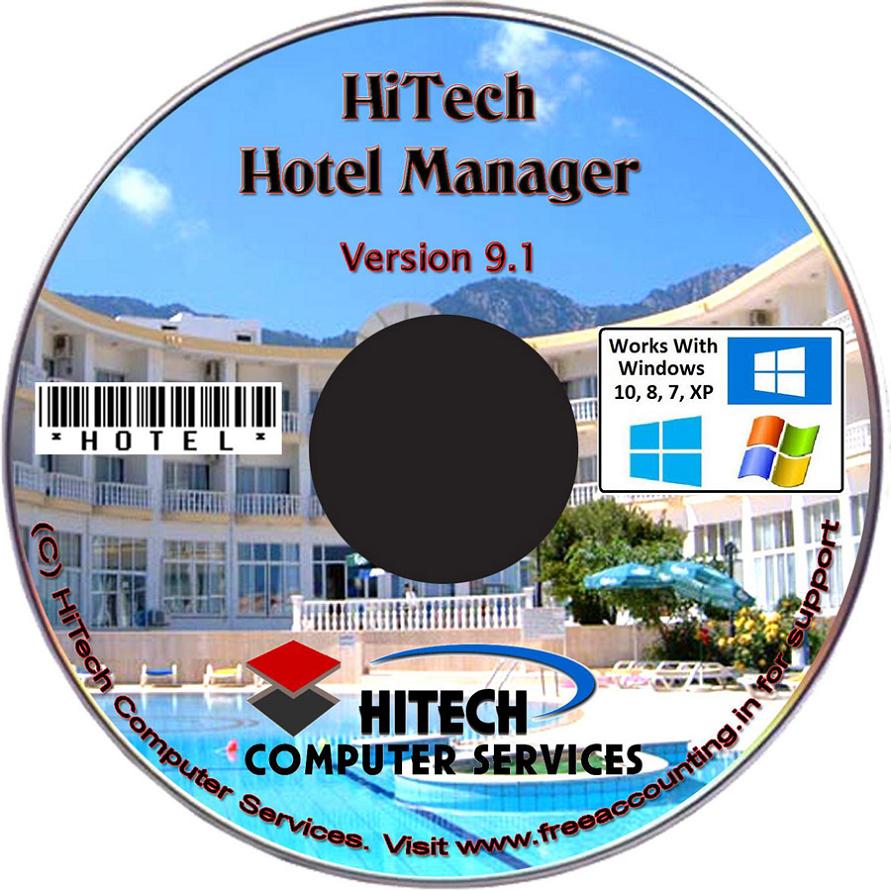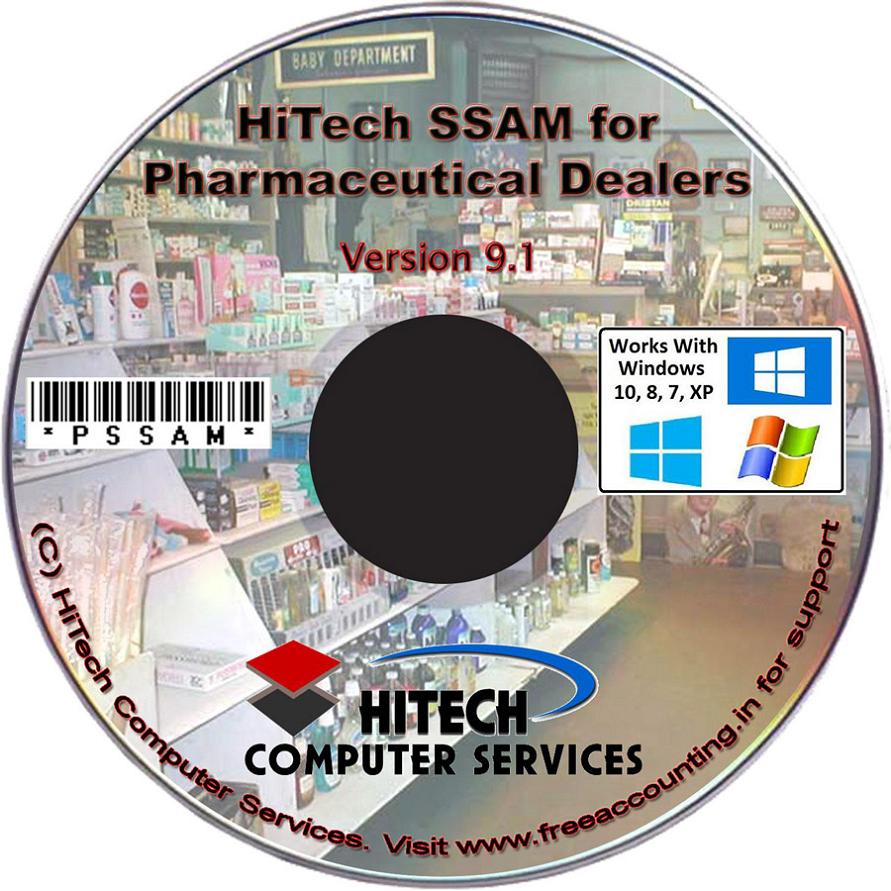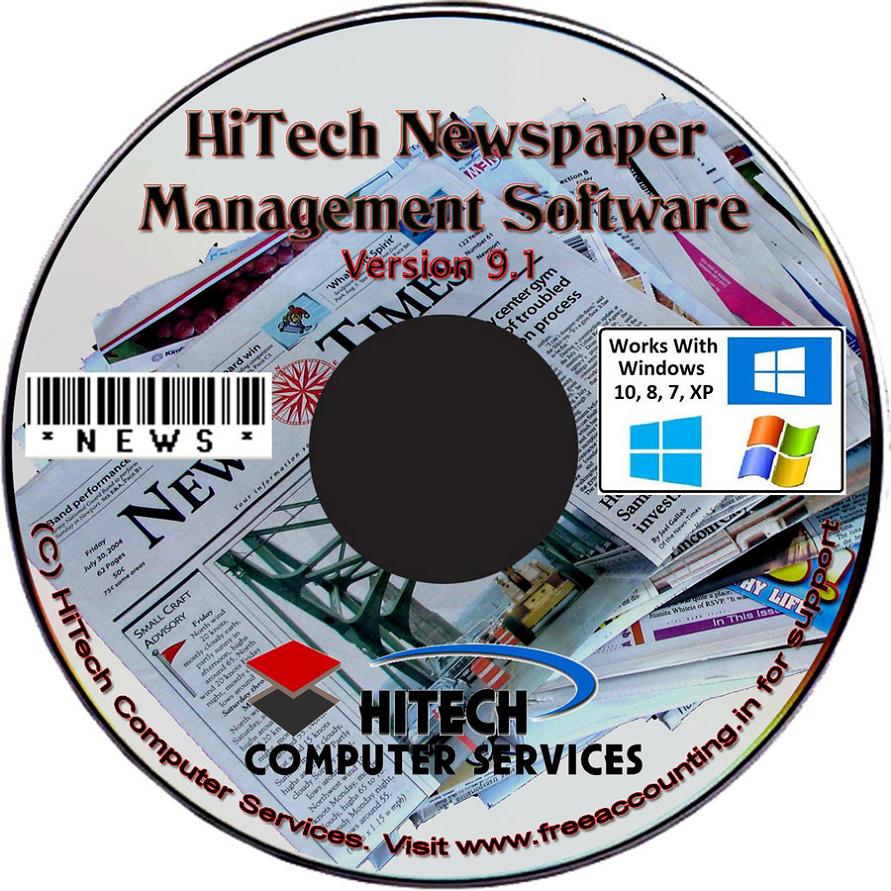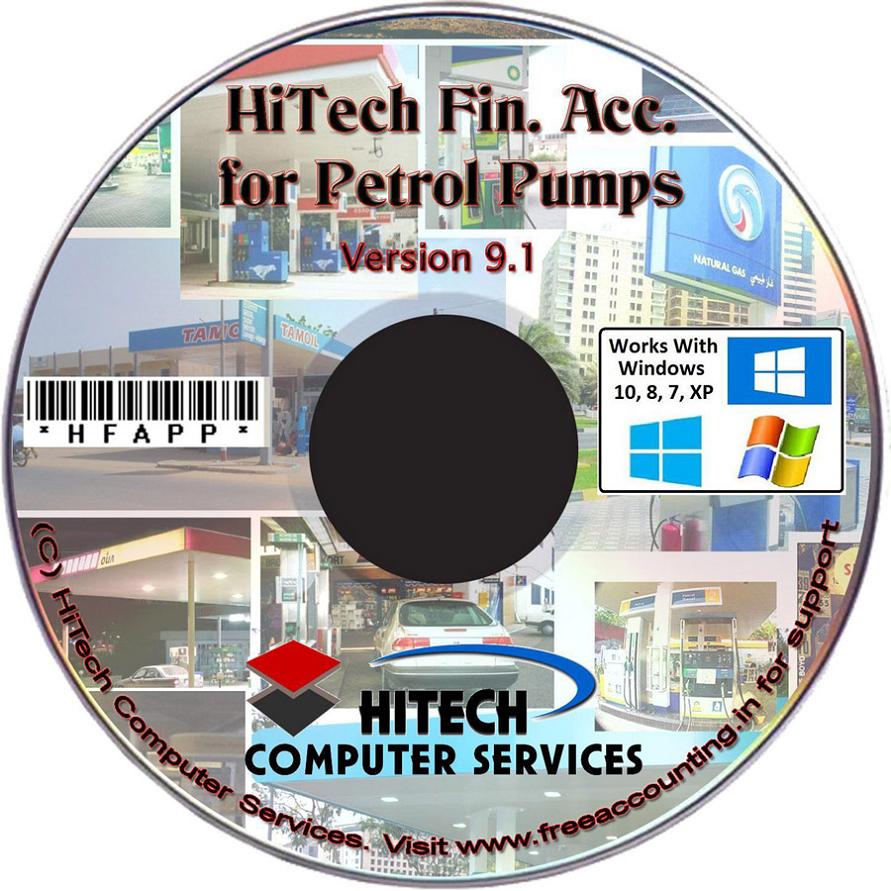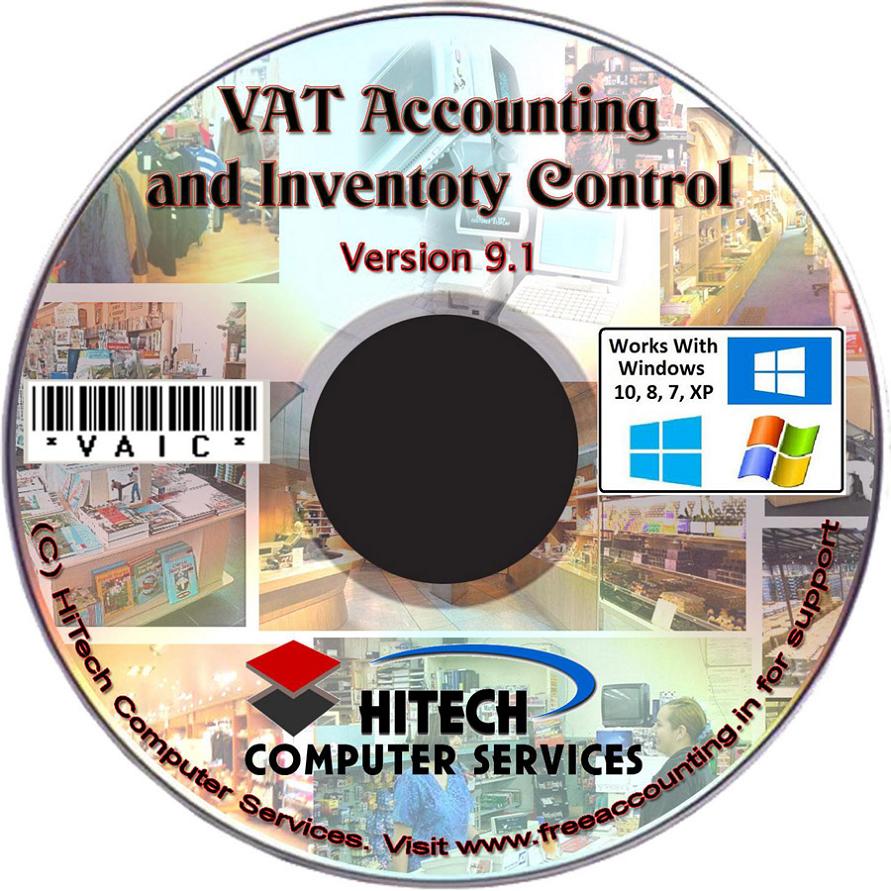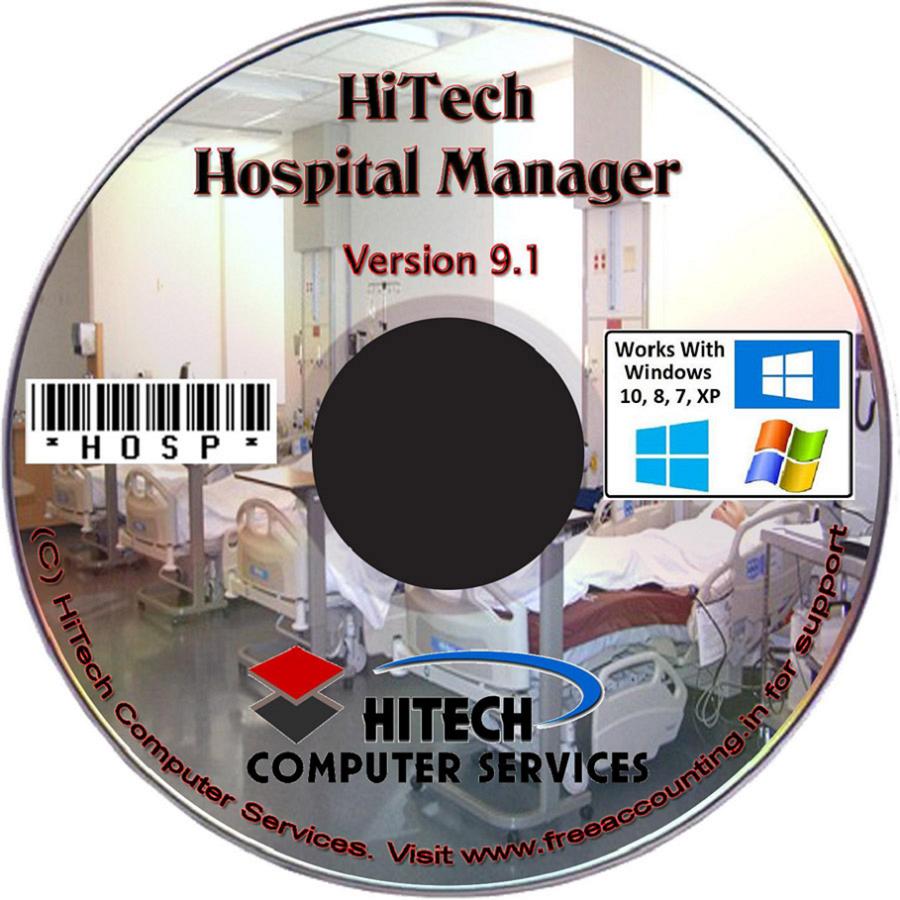Basic factors of determination of depreciation
(1) original cost of fixed asset
i.e., purchase price plus freight and installation expenses;
(il) estimated amount of
expenditure on repairs during the useful life;
(iil) estimated useful life of
asset after which it will be discarded;
(iv) estimated residual or scrap
value;
(v) interest on investment-the
amount invested on purchase of asset, if it had been invested in some other
investment what interest would have been earned;
(vi) possibility of obsolescence.
Fixed Installment or Original Cost or Straight Line
Method
Reducing/Diminishing Balance method
Under this method depreciation is
not calculated on cost of asset. It is computed on the book value. of asset. The
book value of the asset is obtained by deducting depreciation from its cost. The
book value of asset gradually reduces on account of depreciation charge. Since
the depreciation percent rate is applied on reducing balance of asset. this
method is called reducing balance or diminishing installment method or written
down value method.
Merits and demerits.
Declining balance method not only
equitably matches depreciation expenses against the related revenue but also
fairly spreads. the incidence of depreciation and repairs (viz higher
depreciation but heavier repairs in later years.) on profit and loss account
over the assets life span. Elimination of major portion of cost in early years
also minimizes the impact of obsolescence. It is equally useful to management as
accelerated depreciation means smaller taxable profits and taxes hence lesser
outflow of cash.
Accelerated Depreciation Methods
(a) Sum-of-the year's digits (SYD).
This method of depreciation accelerates depreciation expenses so that the amount
recognized in the earlier periods of an asset's useful life are greater than
those recognized in the latter periods. The SYD is found by estimating an
asset's useful life in years, then assigning consecutive numbers to each year,
and totaling these numbers. For n years,
SYD = 1 + 2 + 3 + 4 + ...
+n
Annuity Method
The method recognizes the time
value (Interest) of money and hence regards the real cost of using a long-lived
asset equivalent to the actual amount invested thereon plus the interest lost on
the acquisition of asset. Under this method, so much depreciation is written off
each year as after debiting the asset account with interest upon the diminishing
value, will reduce the asset to nil at the end of its life. Thus, the amount
written off as depreciation is the same every year, but the interest will
diminish each year.
The amount
of annual depreciation to be written off by Annuity method will be ascertained
from Annuity Tables
Depreciation Fund method or Sinking Fund method
Under this method, a fixed amount
is charged as depreciation every year. It endeavors to provide the required lump
sum cash at the retirement of a long, lived asset by annually setting aside and
investing a fixed sum in readily realizable securities. These securities earn
interest at fixed rate and the same being reinvested along with successive fixed
installments of depreciation, allowed to accumulate at compound interest. The
sinking fund method thus takes into account of this probable income from
interest while fixing the annual depreciation and investing the same which
together with compound interest accumulated to the asset's depreciable cost by
the end of its useful life. Obviously, the fixed installment of annual
depreciation is here smaller as compared to straight line method. Its magnitude,
however, rests on the asset's life span and interest rate. Longer the span and
higher the rate, smaller is the annual depreciation per rupee of depreciable
cost.
Shortcomings of Depreciation Fund Method
Depreciation fund method assumes
constant rate of return on every periodic investment in identical securities.
This is hardly true in this dynamic world where rates do vary now and then. Any
variation in the rate of return upsets the earlier periodic allocation for
depreciation and entails refection thereof. Further the amount realized on the
sale of security rarely agrees with its acquisition cost owing to made
fluctuations which may be both erratic and considerable. Those may cause a wide
gap between the required and supplied cash.
Insurance Policy Method
This method endeavors the supply of
required cash at the retirement of a specified asset in return of periodic
contribution (premium). Under this a trader takes a 'Capital Redemption
Insurance Policy' from an insurance company which undertakes to pay at a given
date a certain sum if the trader, paying a fixed number of premiums after
regular intervals. The trader treats the periodic payment as depreciation and
charges it to profit and loss account. In this case, depreciation is charged at
the end of the year, whereas, the premium is paid at the beginning of the year.
At maturity, the insurance company pays the policy money which is normally
sufficient to replace the retired set. Normally, amount received is more than
total premium paid as the policy yields interest.
Revaluation Method
Under the system, each year the
asset is valued and the value is compared with that in the beginning of the
year. The fall is treated as depreciation. Suppose if the value of the tools at
the beginning of the year was Rs. 8,000, during the year tools worth Rs. 6,000
were purchased and at the end of the year, on valuation these amounted to Rs.
11,000. The amount of depreciation for the year will be : 8,000 + 6,000-11,000 = Rs. 3,000 . This method is useful for charging depreciation on livestock
and loose tools.
Depletion Method
Natural resources include physical
assets like mineral deposits, oil and gas resources and timber stands. These
natural resources get exhausted by exploitation. In some cases, the reduction in
physical deposits is offset by growth or development of additional deposits.
The cost of natural resources is
the price paid for its acquisition plus price paid for development of such asset
in order to bring it to a state suitable for production.
The periodic depletion is better
not calculated in terms of year. Rather it is better to calculate the cost per
unit and then multiply the cost of unit to units produced in that particular
year.
Machine Hour Rate
Under this method, the total number
of working hours of a machine during the whole of its effective life is
estimated, and then the cost of machine is divided by the expected number of
hours of useful life, this gives the rate per hour. The annual depreciation is
calculatedly multiplying this rate by the number of hours, the machine actually
runs in a year.
Mileage Method
This method is used only for those
assets whose useful life depends upon the fact that how many kilometers they
have been driven e.g. buses, cars, trucks and rolling stock etc.
Global Method
Under this method, the value of the
assets, irrespective of their nature is added together and depreciation is
charged at an average rate on aggregated value.
Choice of a Method
Aforesaid methods of depreciation
reveal that none is absolutely best or worst as each method has its own merits
and demerits. Suitability of every method is relative and depends upon various
factors. Most important of these are the type of the asset and purpose of
depreciation.
Straight line method suits to
buildings and lease etc.. reducing installment method fits to machinery
equipment etc. and depletion method for wasting assets like mines. quarries etc.
However, the underlying purpose is the basic determinants of the propriety of
a depreciation method. Important purpose comprise of true reporting of
accounts, tax benefits, comparative product cost, financial flexibility,
replacement and expansion etc. For example. depreciation fund method envisages
that the amount set aside for depreciation is to be invested outside the
business in specific securities. Similarly under insurance policy method, the
amount so set aside is handed over to insurance company. If a business is having
working capital problems the advisability of these methods is
questionable.
Of the above-mentioned methods
(1) Fixed Installment and
(2) Reducing Installment methods
are most widely used.
Distinction between Fixed Installment Method and Reducing
Installment Method
Fixed Installment Method
I. The rate and amount of
depreciation remain the same each year.
2. Depreciation rate per cent is
calculated on cost of asset each year.
3. At the end of its life the value of
asset is reduced to zero or scrap value.
4. The older the asset, the larger
the cost of its repairs. But the amount of depreciation remains the same each
year. Hence, the total of depreciation and repairs increases every year. This
reduces annual profit gradually.
5. Computation of depreciation comparatively
easy and simple.
Reducing Installment
Method
I. The rate remains the same, but
the amount of depreciation diminishes gradually.
2. Depreciation rate percent is
calculated on book value of asset.
3. The value of asset is never
reduced to zero at the end of its life.
4. The amount of depreciation
decreases gradually, while the cost of repairs increases.
So the total of depreciation and
repairs remains more or less the same each "year. Hence, it causes little or no
change in annual profit/loss.
5. Depreciation can be computed without any
difficulty, but it is not so easy and simple.
|





 VAT Ready
VAT Ready






